Media literacy week, October 21-25, 2019
By Peggy Ashbrook
Posted on 2019-10-13
A shared reading experience is one of the most powerful strategies for building children’s literacy skills according to the International Library Association (ILA pg 3) and in my experience as a reader, educator, and parent. Once a week I am a guest reader in a preschool classroom for four-year-olds. We stop and discuss the action as I read a library book (my favorite form of media!) and the children access, analyze, and interpret the images in the book. They are developing their ability to understand the book’s symbols and messages, building their literacy skills with support from their teachers and guest readers. I’ve been surprised that many times children identify a dog in a story as a wolf, even though I’m sure they have had many more first-hand experiences with dogs than with wolves.
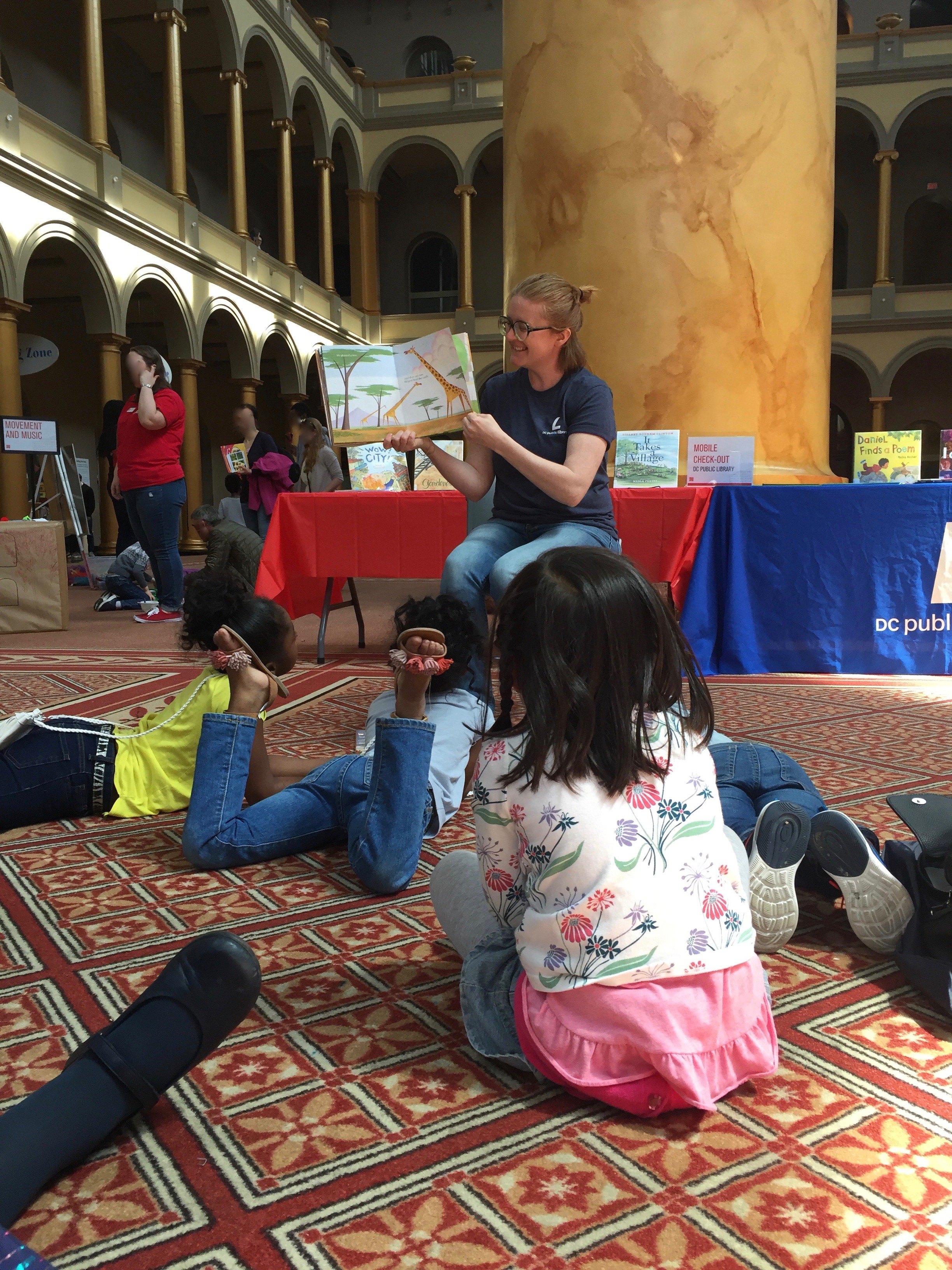
A librarian from the District of Columbia Public Library reads aloud at an event. 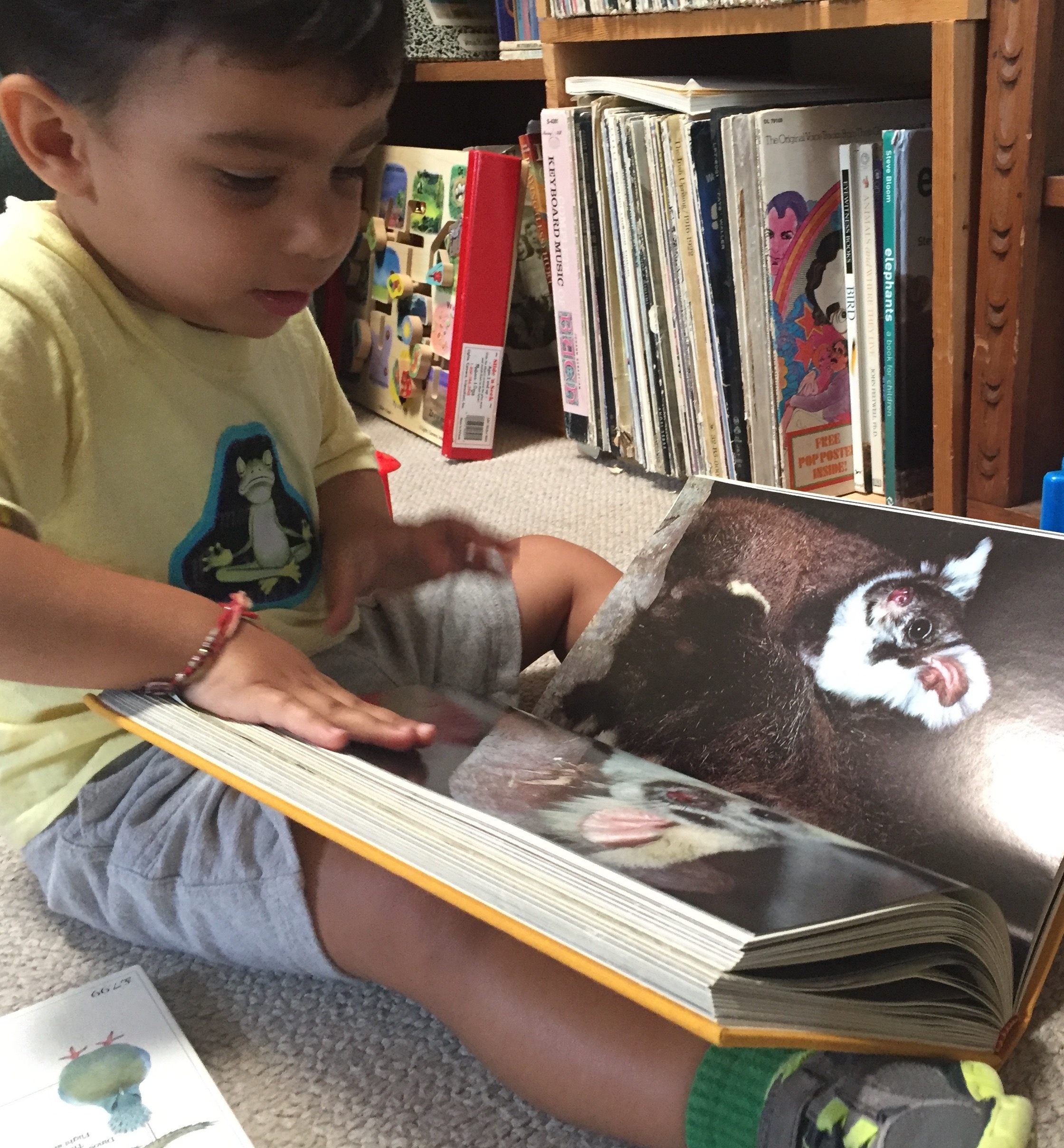
Children enjoy looking through books even before they can read
Literacy is “the ability to identify, understand, interpret, create, compute, and communicate using visual, audible, and digital materials across disciplines and in any context” (ILA Literacy Glossary). The word can refer to basic knowledge in a specific activity, as in “media literacy,” rather than only to reading and writing. Media literacy is “the ability to access, analyze, evaluate, create, and act using all forms of communication,” and “media” is “all electronic or digital means and print or artistic visuals used to transmit messages” (NAMLE). National Media Literacy Week is October 21-25, 2019, a good time to share resources with families.
The word “create” represents a big part of literacy learning in early childhood. Children are more than consumers of media—they are creators of messages using drawn and written symbols, and those made with manipulatives, and on digital media. The imaginative play and dance, and the songs they choose to sing, are all messages about their interests, experiences, and understanding about the world.
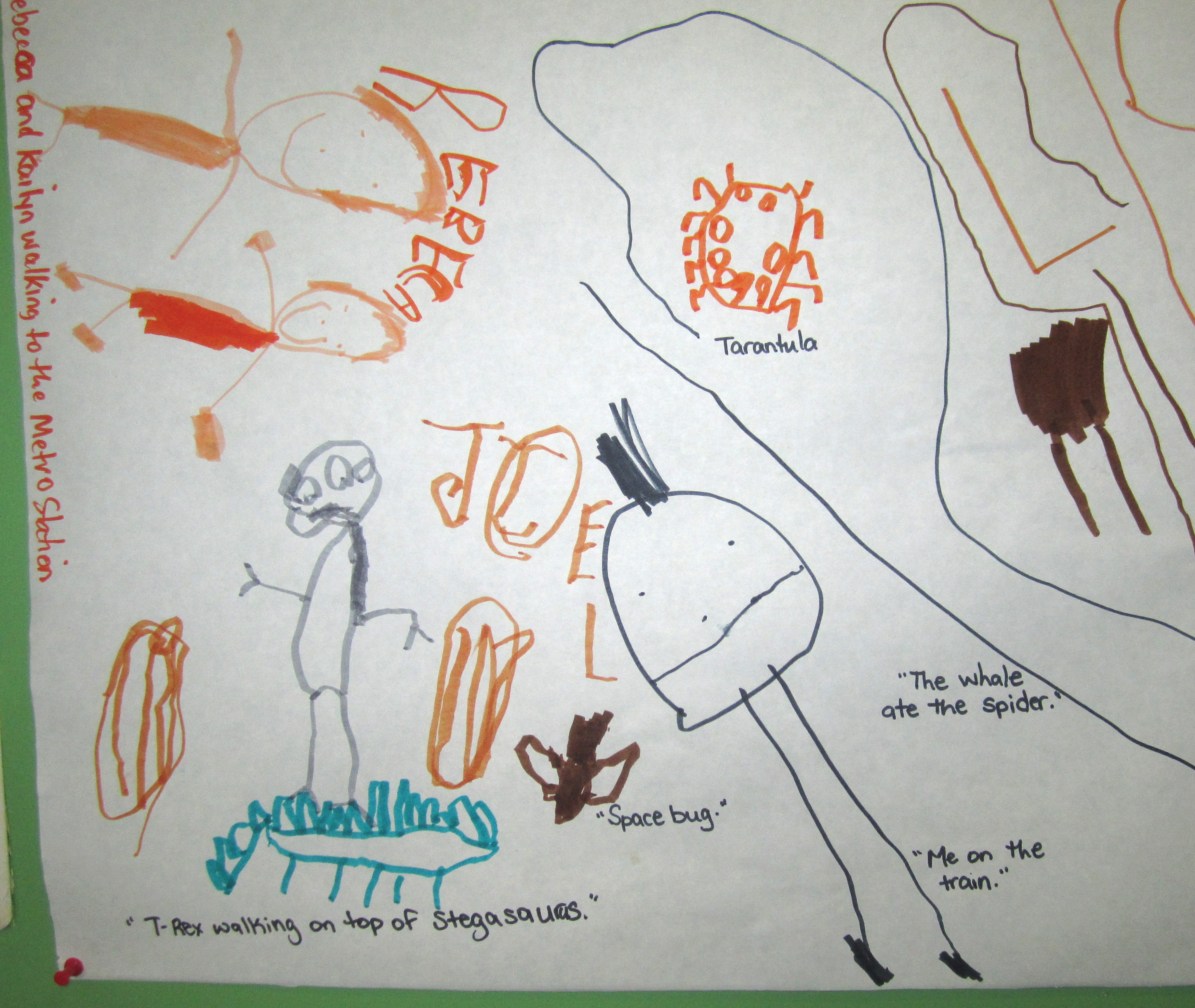
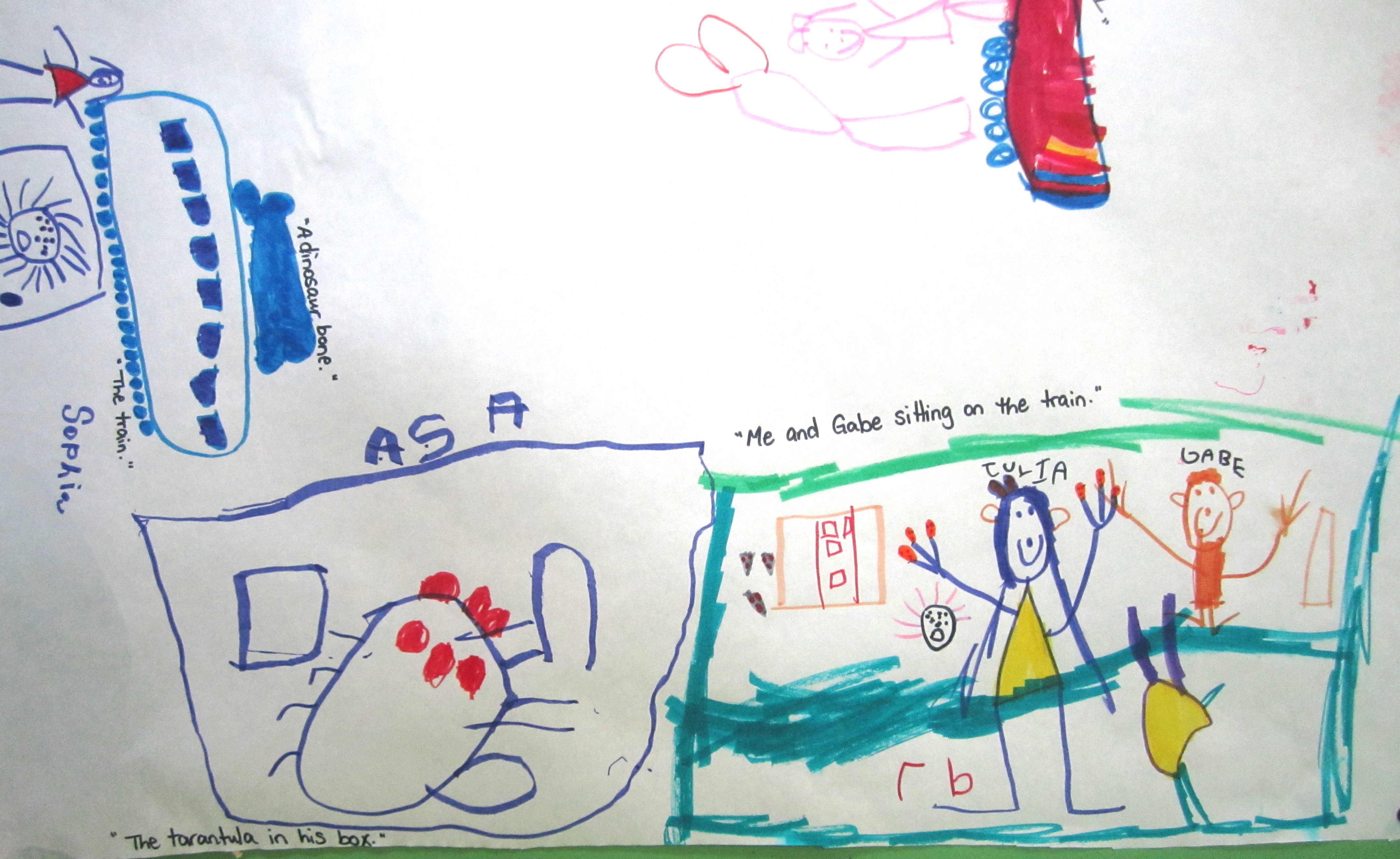
The National Association for Media Literacy Education (NAMLE) offers resources for understanding how the media we use and create can be analyzed. In discussions with children about books, science experiences, and the community, we can ask, “What do you think happened and what do you think about it? NAMLE recommends asking:
- WHO made this?
- WHY was it made?
- WHAT is missing from this message?
- HOW might different people interpret this message?
- WHO might benefit from this message?
- WHO might be harmed by this message?
These questions help young children reflect on media they create, and consider the perspectives of other people.
There is overlap between science literacy and media literacy—they both require us to provide evidence for our claims. Asking for and presenting evidence for how we know something is another way to help children understand the importance of media literacy and is central to the Next Generation Science Standards (NGSS) Practices of Science and Engineering and the Crosscutting Concepts. Young children’s evidence comes from their first hand observation and documentation of their experiences, or information from their family or learned from media. When I question why the children identified the animal as a wolf, they tell me their evidence, “It has teeth,” and “It looks like a wolf.” Of course they are right! I need to introduce the idea of animal behavior and many more images to help them distinguish between these animals when they occur in a book.
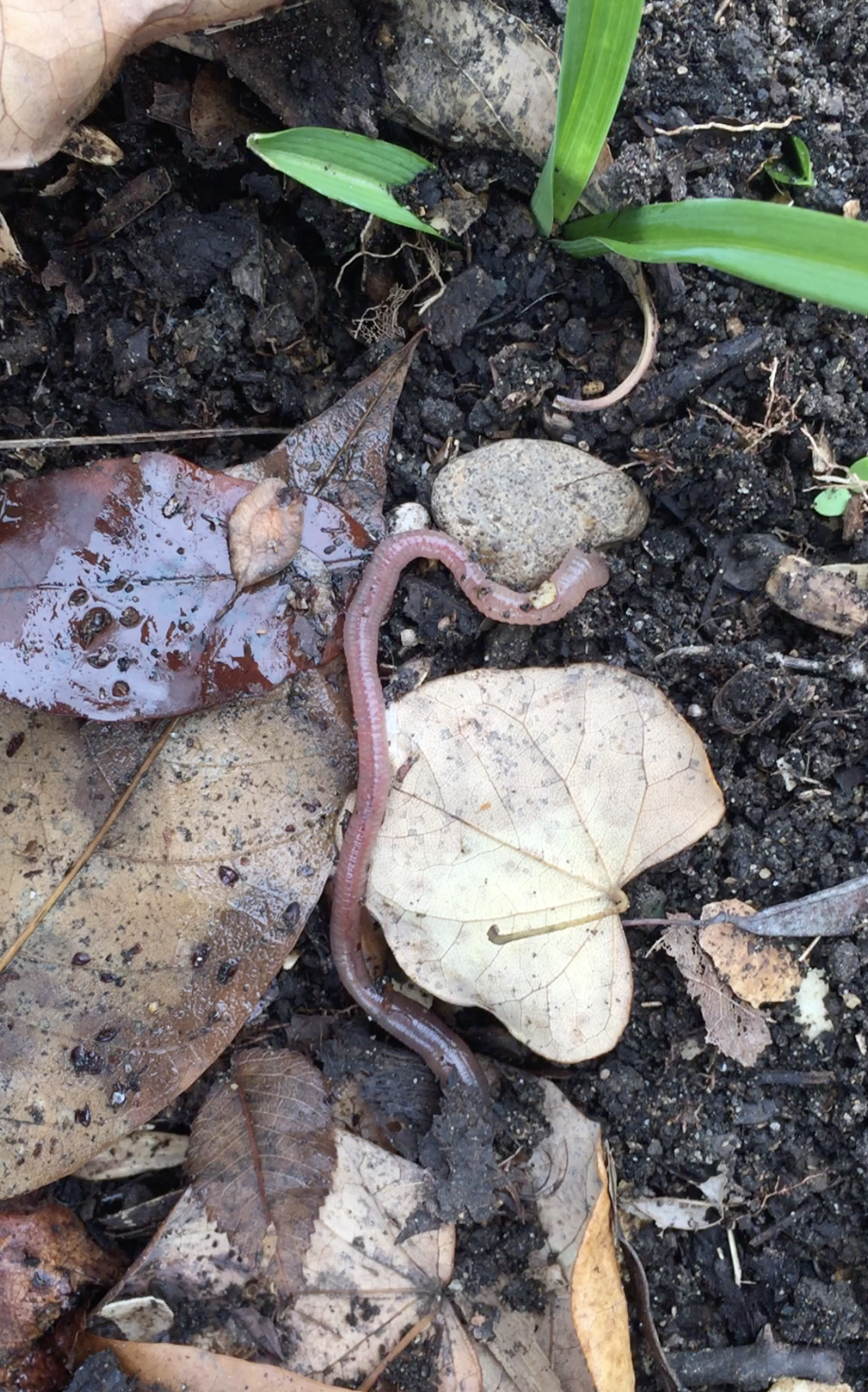
When children confidently make a declaration such as, “That’s a snake!” when you know it is an earthworm, you can ask for evidence. “What makes you think it’s a snake?” “I’m wondering how you know it is a snake?” “What about the way it looks or moves tells you it is a snake?” “Are there any ways it is different from a snake? How?” “Let’s look at some pictures of this animal and some snakes so we can compare them,” and “Where should we look?”
Encourage children to document their observations with drawings, photography, audio recording, and other media. Ask them, “What do you want people to learn about this animal from your drawing (size, body structure, habitat…)?” “How will you show it so they understand that?” Over time children will begin to consider these questions themselves and revise their drawings.
Resources
Ashbrook, Peggy. 2018. The Early Years, Analyzing Media Representations of Animals. Science and Children. 56(4): 16-17. https://www.nsta.org/publications/browse_journals.aspx?action=issue&thetype=all&id=116132
International Literacy Association (ILA). (2018). What effective pre-k literacy instruction looks like [Literacy leadership brief]. Newark, DE: Author. https://literacyworldwide.org/docs/default-source/where-we-stand/ila-what-effective-pre-k-literacy-instruction-looks-like.pdf?sfvrsn=817ba48e_8
International Literacy Association (ILA), Literacy Glossary. Retrieved October 2019 from https://literacyworldwide.org/get-resources/literacy-glossary
National Association for Media Literacy Education. (2007, November). Core principles of media literacy education in the United States. Retrieved October 2019 from http://namle.net/publications/core-principles
National Association for Media Literacy Education and Trend Micro, Inc. Building Healthy Relationships w/ Media: A Parent’s Guide to Media Literacy. Retrieved October 2019 from https://namle.net/a-parents-guide/
NGSS Lead States. 2013. Next Generation Science Standards: For states, by states. Washington, DC: National Academies Press. www.nextgenscience.org/next-generation-science-standards
Disclaimer: The views expressed in this blog post are those of the author(s) and do not necessarily reflect the official position of the National Science Teaching Association (NSTA).


